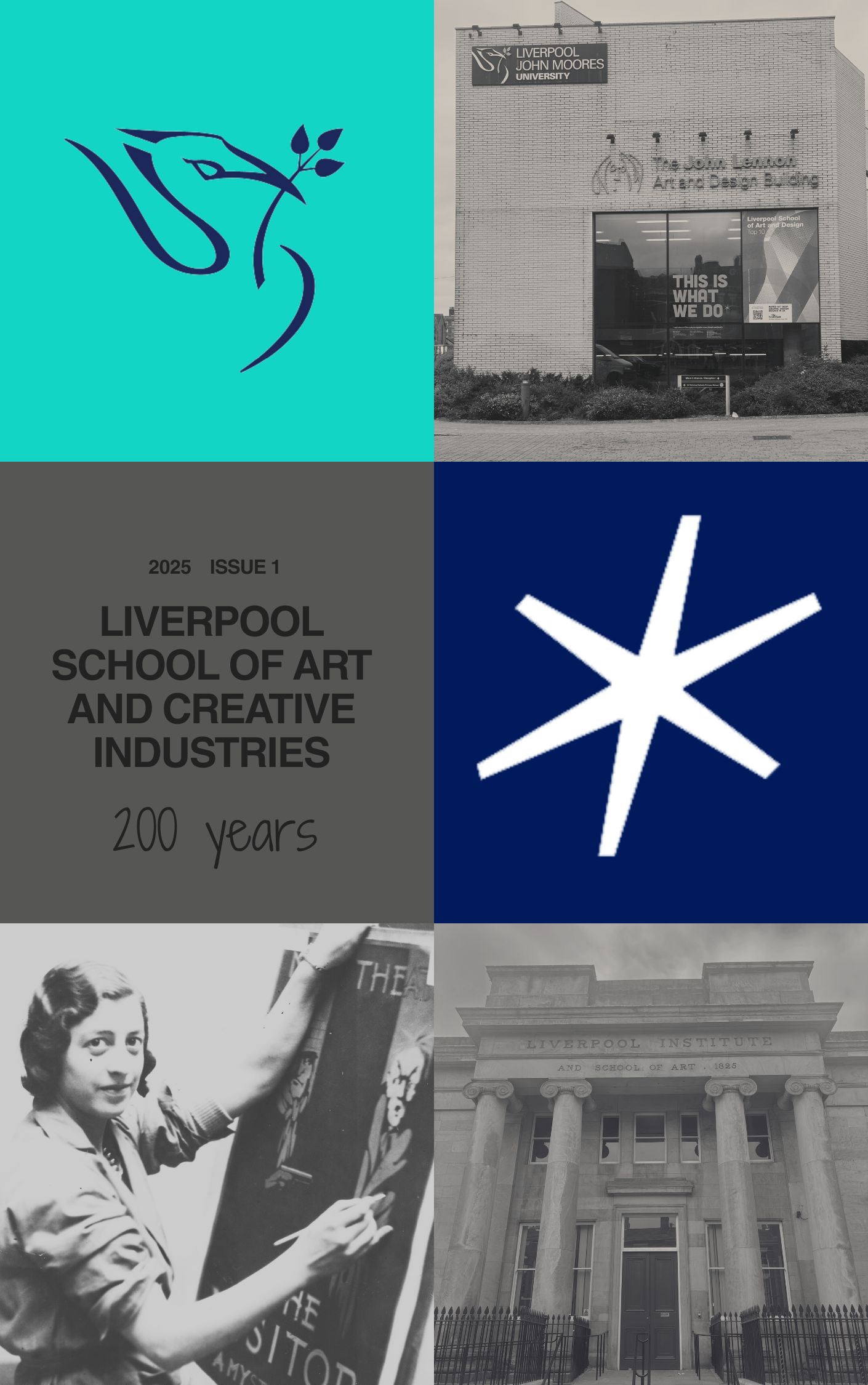Under the Soviet Shadows: Lithuania’s Art under the Iron Curtain
DOI:
https://doi.org/10.24377/LSACI.article3146Abstract
This research paper will explore the unheard voices of Lithuanian artists behind the iron curtain of the Soviet Union. With Lithuania under occupation in 1940, they were heavily oppressed, with many of their arts destroyed. There were few artists who remained, with many of them either executed or fleeing the country for America. The few who remained would become Fine Art teachers and would avoid voicing their opinions of the Soviets, conforming to official directives. Occupied from 1940-1990, artists had to navigate a delicate balance between creative freedom and the state imposed socialist realism. Some artists found ways to critique and evade censorship by developing subtle visual language. An innovative artist who stayed loyal to Lithuania was Antanas Zmuidzinavicius who played a vital role to Lithuania’s Art History. Another significant figure to Lithuania’s history of art was Antanas Gudaitis. The Research objectives of this paper are: to explore paintings, sculpture and other arts and crafts that contributed to Lithuania’s cultural identity before the Soviet Union. My second aim is to examine the art created at the height of the occupation. My third aim is to explore the impact of Lithuania’s art within the Soviet Union. By analysing different artistic works, this paper will shed some light on a new perspective of creativity of Lithuania under authoritarian rule as their work adapted with a little rebellion. The point of the research is to bring light Lithuania’s art that is often overlooked due to limited global recognition, it’s important to find out about other artists to gain a new perspective of art under oppression.
Downloads
Published
Issue
Section
License
Copyright (c) 2025 Greta Varpiotaite

This work is licensed under a Creative Commons Attribution 4.0 International License.
The copyright of content is retained by the author(s). Please check the specific licence for this item. The majority of the content in this journal is published under a Creative Commons Attribution Licence. Artworks are published under a Creative Commons Attribution-NonCommercial-NoDerivatives 4.0 International Licence. These licences allow others to read, download, copy, distribute, print, search, or link to the full text of works in this journal, or to use them for any other lawful purpose in accordance with the licence.
This journal provides immediate open access to its content and has no submission or publication fees.


